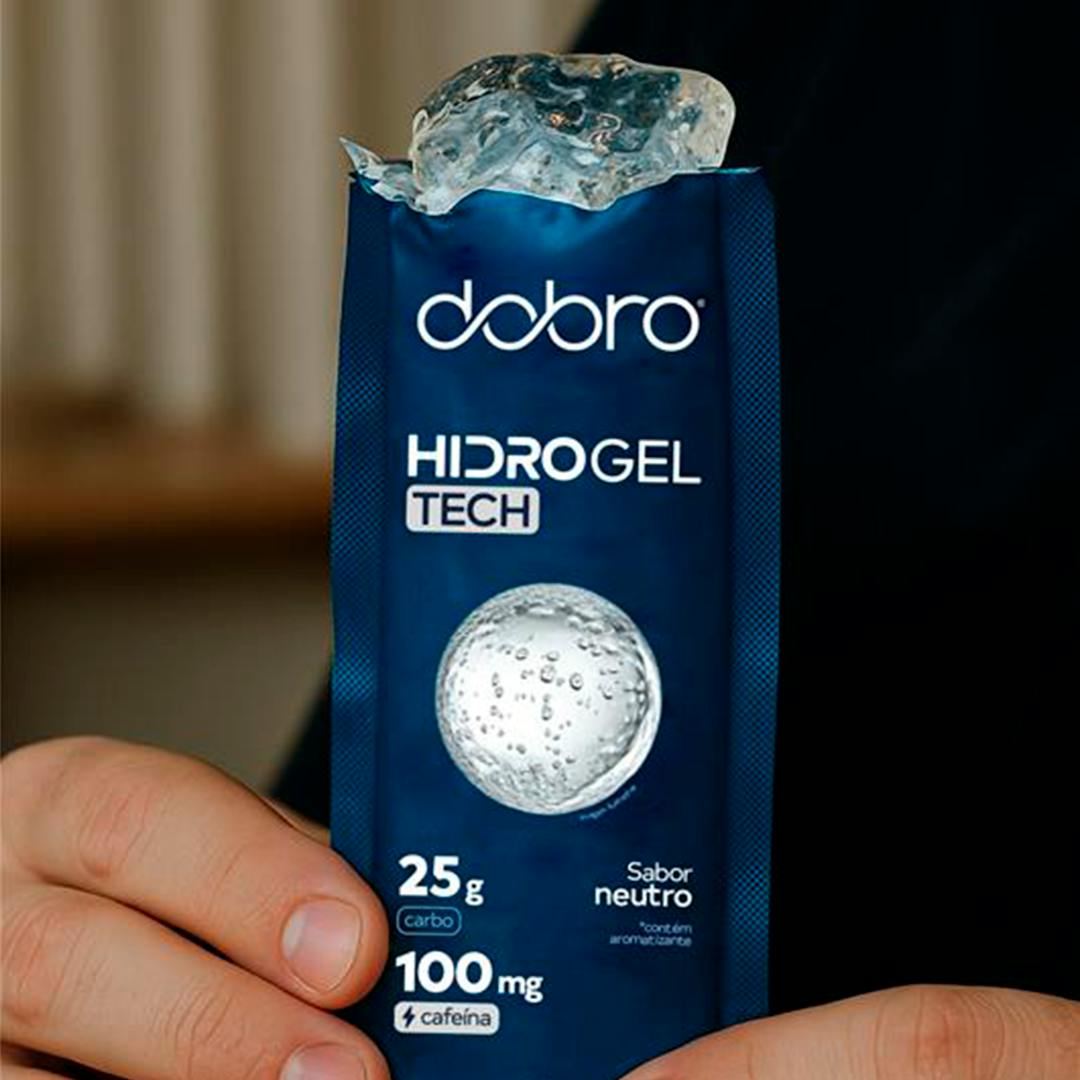Referências
Ahmed, E. M. Hydrogel: preparation, characterization, and applications: a review. Journal of Advanced Research, v. 6, n. 2, p. 105–121, 2015.
ANVISA. Agência Nacional de Vigilância Sanitária. Instrução Normativa – IN n. 211, de 1º de março de 2023.
Cape Crystal Brands. Carrageenan Regulatory Status and Safety Evaluations. Disponível em: https://www.capecrystalbrands.com/blogs/cape-crystal-brands/carrageenan-regulatory-status-and-safety-evaluations. Acesso em: 23 jun. 2025.
Chevenier, A.; Jouanneau, D.; Ficko-Blean, E. Carrageenan biosynthesis in red algae: a review. The Cell Surface, v. 9, p. 100097, 2023.
Cohen, S. M.; Ito, N. A critical review of the toxicological effects of carrageenan and processed eucheuma seaweed on the gastrointestinal tract. Critical Reviews in Toxicology, v. 32, n. 5, p. 413–444, 2002. DOI: https://doi.org/10.1080/20024091064282.
Dodda, J. M.; Deshmukh, K.; Bezuidenhout, D.; Yeh, Y. Multicomponent Hydrogels. In: Dodda, J. M.; Deshmukh, K.; Bezuidenhout, D. (eds.). Smart Materials for Biomedical Applications. Cambridge: The Royal Society of Chemistry, 2023. cap. 1, p. 1–25.
Hamoudi, S. et al. Controlled release of nutrients from coconut water-based hydrogel. Journal of Applied Polymer Science, v. 120, n. 3, p. 1386–1393, 2011.
Horn, M. M.; Paula, M. D.; Martins, V. C. A.; Plepis, A. M. G. Uso de curvas termogravimétricas para a determinação do teor de mineralização em hidrogéis. Brazilian Journal of Thermal Analysis, v. 2, n. 1, p. 50, 2013. DOI: https://doi.org/10.18362/bjta.v2i1.12.
Holt, S. Palatinose™ (isomaltulose) – A slow-release carbohydrate derived from nature for improved metabolism and health. South African Food Review, v. 39, n. 1, p. 28–31, 2012.
Imeson, A. P. Carrageenan. In: Williams, P. A.; Phillips, G. O. (eds.). Handbook of Hydrocolloids. Cambridge: Woodhead Publishing Limited and CRC Press LLC, 2000. p. 91–114.
JECFA (Joint FAO/WHO Expert Committee on Food Additives). Carrageenan. FAO JECFA Monographs, 16, 2014.
Kaur, et al. Recent progress in bioactive loaded hydrogels for food applications. Journal of Agriculture and Food Research, v. 20, p. 101756, 2025. DOI: https://doi.org/10.1016/j.jafr.2025.101756.
Lina, B. A. R. et al. Isomaltulose (Palatinose®): A review of biological and toxicological studies. Food and Chemical Toxicology, v. 40, n. 10, p. 1375–1382, 2002.
Liu, S.; Li, L. Thermoreversible gelation and scaling behavior of Ca2+-induced κ-carrageenan hydrogels. Food Hydrocolloids, v. 61, p. 793–800, 2016. DOI: https://doi.org/10.1016/j.foodhyd.2016.07.003.
Maruyama, L. Y.; Cardarelli, H. R.; Buriti, F. C. A.; Saad, S. M. I. Textura instrumental de queijo Petit-Suisse potencialmente probiótico: influência de diferentes combinações de gomas. Food Science and Technology, v. 26, n. 2, p. 386–393, 2006. DOI: https://doi.org/10.1590/s0101-20612006000200022.
McKim, J. M. et al. Clarifying the confusion between poligeenan, degraded carrageenan, and carrageenan: a review of the chemistry, nomenclature, and in vivo toxicology by the oral route. Critical Reviews in Food Science and Nutrition, v. 59, n. 19, p. 3054–3073, 2019.
Mirzaei, A.; Esmkhani, M.; Zallaghi, M. et al. Biomedical and environmental applications of carrageenan-based hydrogels: a review. Journal of Polymers and the Environment, v. 31, p. 1679–1705, 2023. DOI: https://doi.org/10.1007/s10924-022-02726-5.
Nath, P. C.; Debnath, S. A comprehensive review of food hydrogels: principles, formation mechanisms, microstructure, and its applications. Gels, v. 8, n. 12, p. 810, 2022.
Necas, J.; Bartosikova, L. Carrageenan: a review. Veterinarni Medicina, v. 58, n. 4, p. 187–205, 2013.
Pereira, L. et al. Carrageenan: a review of its biological activities and pharmaceutical applications. Polymers, v. 12, n. 7, p. 1544, 2020.
Siddiqui, S. A. et al. Food gels: principles, interaction mechanisms and its microstructure. Critical Reviews in Food Science and Nutrition, v. 63, n. 33, p. 12530–12551, 2022. DOI: https://doi.org/10.1080/10408398.2022.2103087.
Stanley, N. F. Carrageenans. In: Harris, P. (ed.). Food Gels. London and New York: Elsevier Applied Science, 1990. p. 79–120.
Suryani, S. et al. Hydrolyzed Carrageenan-Xanthan Gum/Sorbitol Hard-Shell Capsules: enhancing mechanical properties, disintegration, and dissolution rates. Journal of Renewable Materials, v. 11, n. 6, p. 23561, 2023.
Thakur, V. K.; Thakur, M. K. (eds.). Hydrogels: Recent Advances. Singapore: Springer, 201
Tuvikene, R. Carrageenans. In: Phillips, G. O.; Williams, P. A. (eds.). Handbook of Hydrocolloids. 3. ed. Duxford: Woodhead Publishing, 2021. cap. 25, p. 767–804. DOI: https://doi.org/10.1016/B978-0-12-820104-6.00006-1.
Wang, Y. et al. Antibacterial composite hydrogels based on oxidized κ-carrageenan and silver-based metal–organic frameworks for wound dressings. Gels, v. 11, n. 6, p. 407, 2023.
Weiner, M. L. Food additive carrageenan: a critical review of safety. Critical Reviews in Toxicology, v. 27, n. 1, p. 75–97, 1997.
Williams, P. A.; Phillips, G. O. Introduction to food hydrocolloids. In: Williams, P. A.; Phillips, G. O. (eds.). Handbook of Hydrocolloids. Cambridge: Woodhead Publishing Limited and CRC Press LLC, 2000. p. 1–28.
Yang, Z.; Yang, H.; Yang, H. Effects of sucrose addition on the rheology and microstructure of κ-carrageenan gel. Food Hydrocolloids, v. 75, p. 164–173, 2018. DOI: https://doi.org/10.1016/j.foodhyd.2017.08.032.
Younes, M. et al. Reevaluation of carrageenan (E 407) and processed Eucheuma seaweed (E 407a) as food additives. EFSA Journal, v. 16, n. 4, 2018. DOI: https://doi.org/10.2903/j.efsa.2018.5238.
Zuvanov, V. C.; Garcia-Rojas, E. E. Complexos poliméricos obtidos a partir de concentrado proteíco de soro e polissacarídeos. 2015. DOI: https://doi.org/10.5151/chemeng-cobeq2014-0567-24908-178022.



